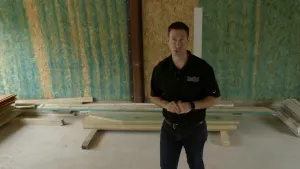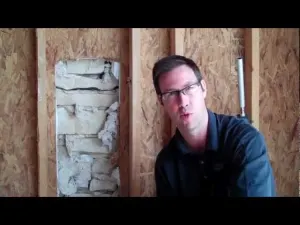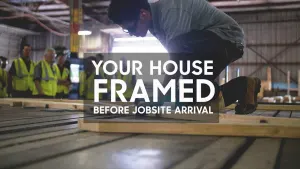1920s Warehouse Transformed
When it comes to historic renovation and remodels, it’s critical to understand the methods used to build in the time period of original construction. If you know how things were built then, you’ll be able to re-create the look and feel but to modern standards. Historic builders like Brent Hill are constantly inspired by the way things were done in the past and then move to “build” on that initial inspiration.
In this video, Matt Risinger steps foot into a 1920s warehouse in Fort Worth, TX. But it’s not just any warehouse – this building once served as a Nabisco warehouse that Brent Hull transformed into the Hull Homes office after buying it for $60,000 in 1995. He’s on the scene to check this out and see where Brent modified the original construction and what remains original. For starters, we’ll find the original doors, hardware, and Maple floors.
Because it served as a warehouse in the 1920s, there are some clues as to how they built it. Due to its purpose, this wasn’t initially meant for the finest of buildings, for example you’ll notice the mismatched measurements of the wood on the floors, but there are some unique additions like the barn style slider doors that were built into the side of the distribution center. Trucks would have pulled up alongside to be loaded up. We can see the remnants of the heating system initially installed—stovepipes—and the skylights that were once integral for air movements and lighting. Today, Hull’s project managers and architects work diligently inside the 8,000-sqaure-foot building to create some amazing homes.

 Share on facebook
Share on facebook Tweet
Tweet Email
Email Share on Linkedin
Share on Linkedin

















